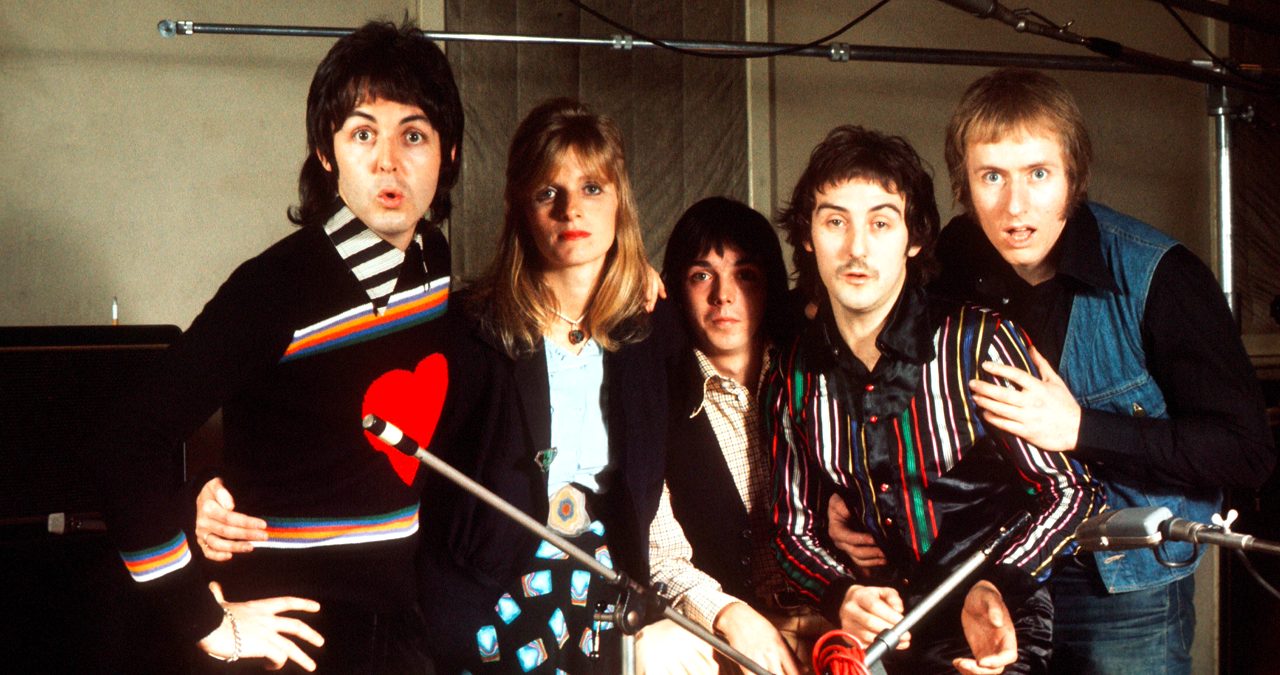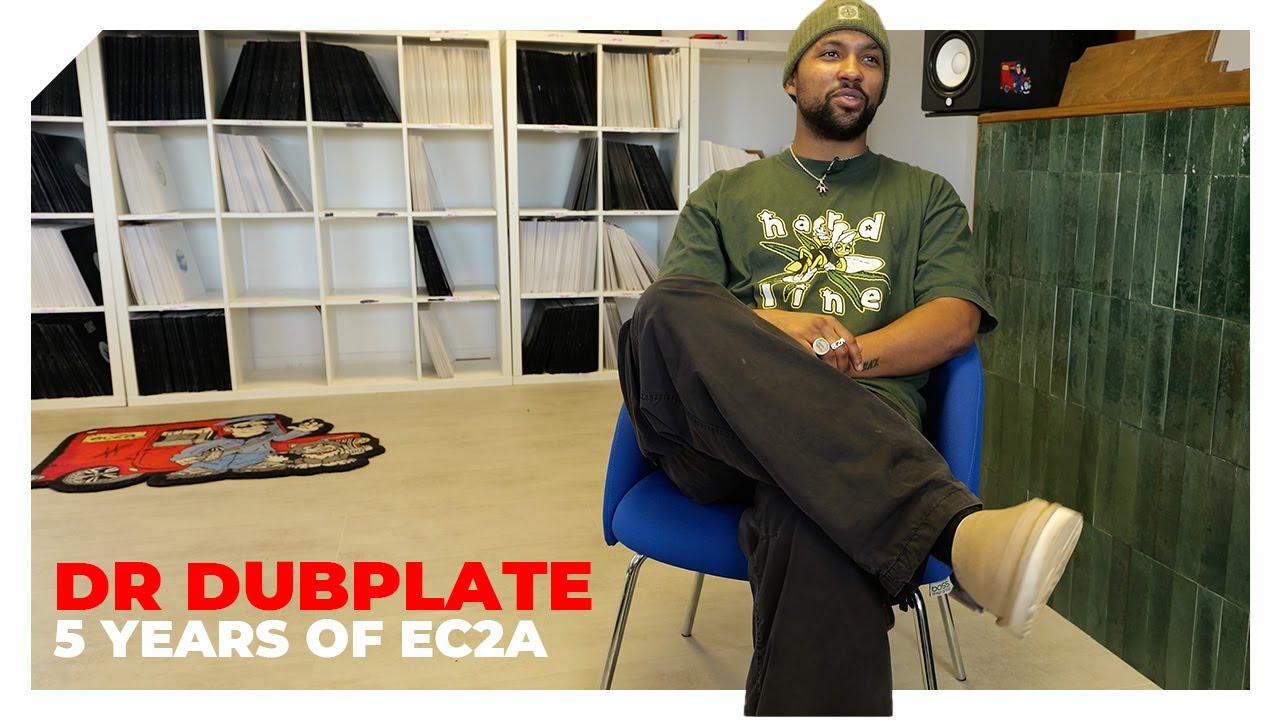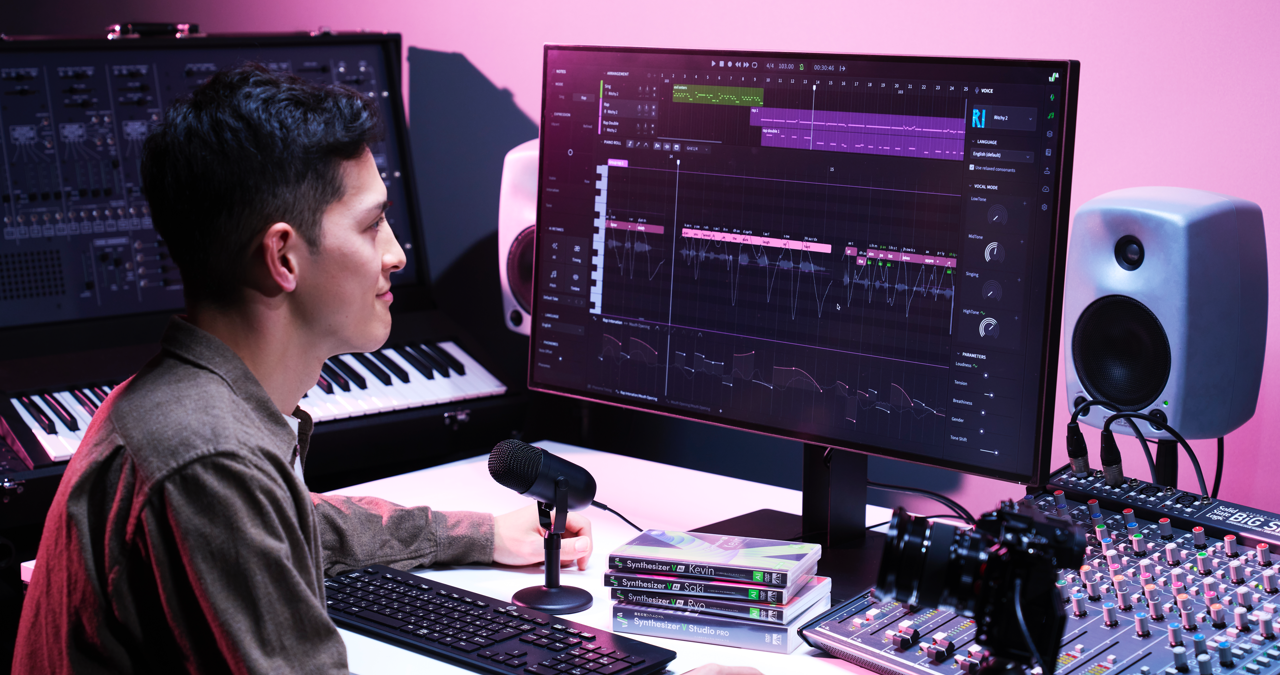“Those looped dance music breakdowns and drops have been done a million times before - so tweak them a little!”: New to working with loops? Start here
Using loops in music production is one of the quickest ways to create a great song arrangement. Here how and why
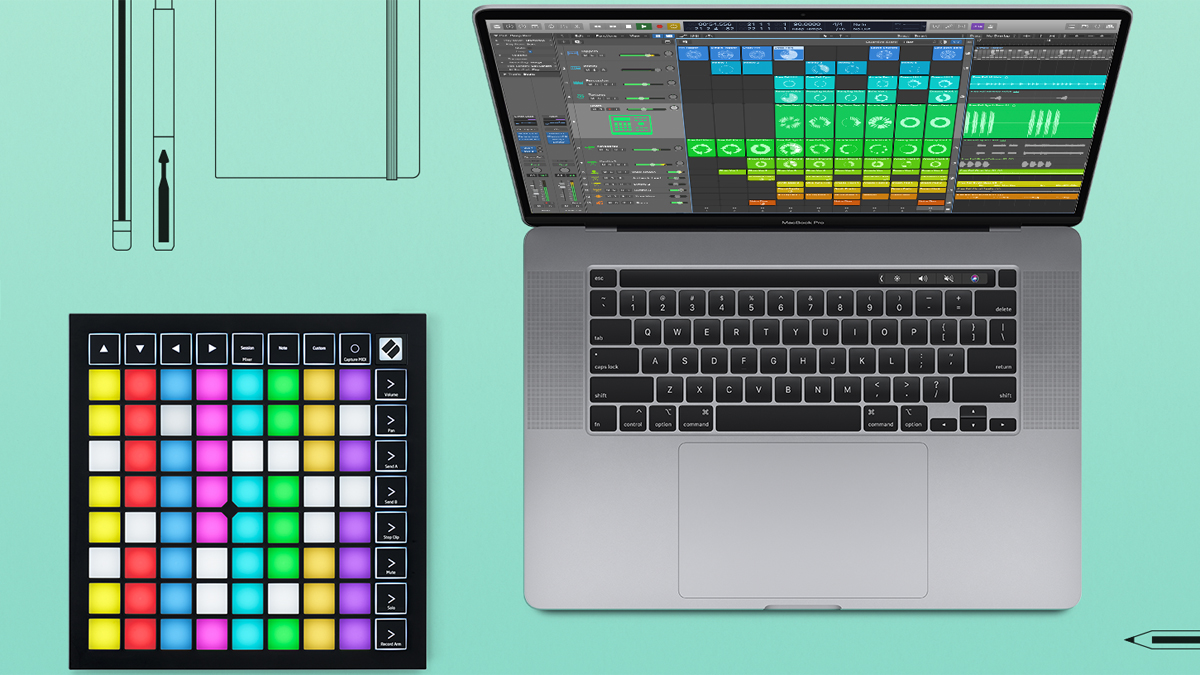
Our Start Here features are easy-to-understand introductions to the world of music production on a computer. Last time, we explained the principles of creating a track from scratch in one of today's creative music DAW applications. There’s more advice on using those DAWs here, including great tips on creating a template to get some basic musical ideas and vibes going very quickly – we don't want the software to get in the way of getting those creative juices flowing!
The next stage is fleshing those ideas out into a song, and once again, modern DAWs have all the tools you need for this. They make constructing your tune from those initial ideas very easy to do.
In most cases, those ideas usually come in the form of your melodic ideas triggering DAW instruments with notes to create repeating loops.
Loops also come in the form of prerecorded sampled music, say guitar riffs or drum loops - very common in DAW music production.
Now we'll look at working with these loops of beats and melodies to arrange the song.
Loop arranging: What is it?
Loop arranging: What is it?
Whenever you use a DAW to capture any music ideas you are playing - say with an external MIDI (MIDI link) keyboard - the most common way to record those ideas is to set your DAW up in loop mode, over 4, 8 or 16 bars.
Here your DAW will endlessly cycle around those bars, letting you record different takes of ideas on top. Almost like getting a band to just keep up a backing track while you jam.
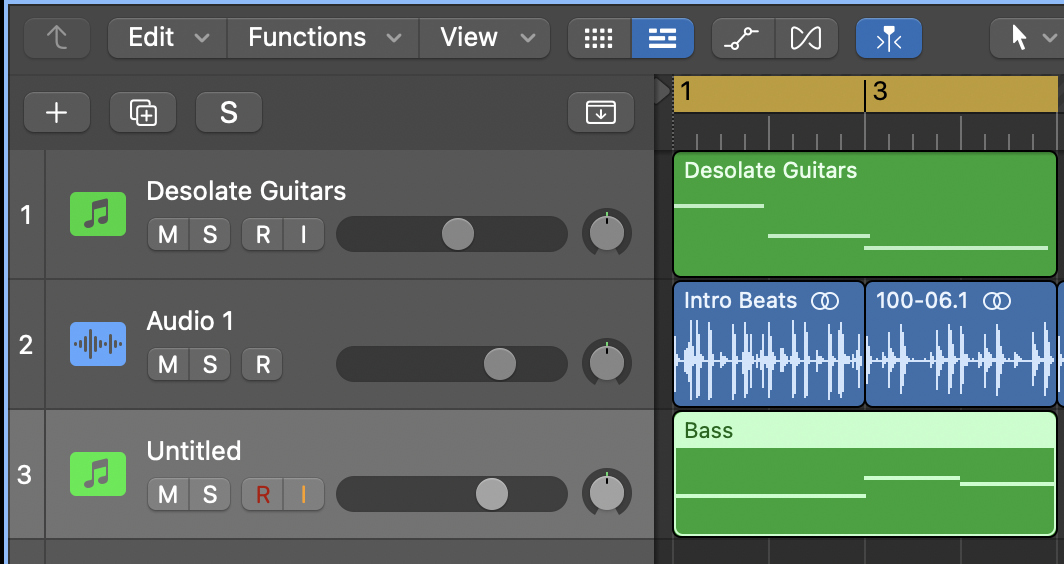
Once you land on a solid idea, you can then start a new track, play a different melody and record another loop.
In this way, loops of your beats, piano, bass, synth or whatever instrument (even your voice) come together for you to arrange into a song.
The advantages of using this looping process are that you can cycle around slowly to record the notes slower if you are a bad player, and also that you can make different takes of an idea, all of which the DAW will save.
You can also edit these loops before making that all important loop-based arrangement which we'll discuss here.
What do I need to know about loop arranging?
What do I need to know?
Now we've explained what loops are and how to create them, here's how to use multiple versions of them to create fulfilling arrangements of your songs.
Let's assume that you have a couple of tracks of 8-bar loops each of your beats, guitars, vocals, keys and bass. Well, you already have enough content to create your song!
The first and easiest way to do this - and this is one of the key points of using DAWS and loops - is to select all of your loops and simply repeat them for the song duration.
Get the MusicRadar Newsletter
Want all the hottest music and gear news, reviews, deals, features and more, direct to your inbox? Sign up here.
That is - essentially - your first looped song arrangement done. Time to export it to audio and we're done, right? Wrong. That could be a very boring listen.

You really need to create a more interesting arrangement and your DAW can offer many fantastic features to help you to do this.
The simplest is to erase some of the looped blocks as the arrangement progresses left to right to add variation and make it more interesting to the listener.
Maybe erase all the loops except the beats to have your song start with the drums; then gradually bring in the bass and so on.
You could then add different sections of your song arrangement by building up and breaking down looped blocks to create those infamous dance drops. Or use them to create verses, choruses and outros for more band-based music.
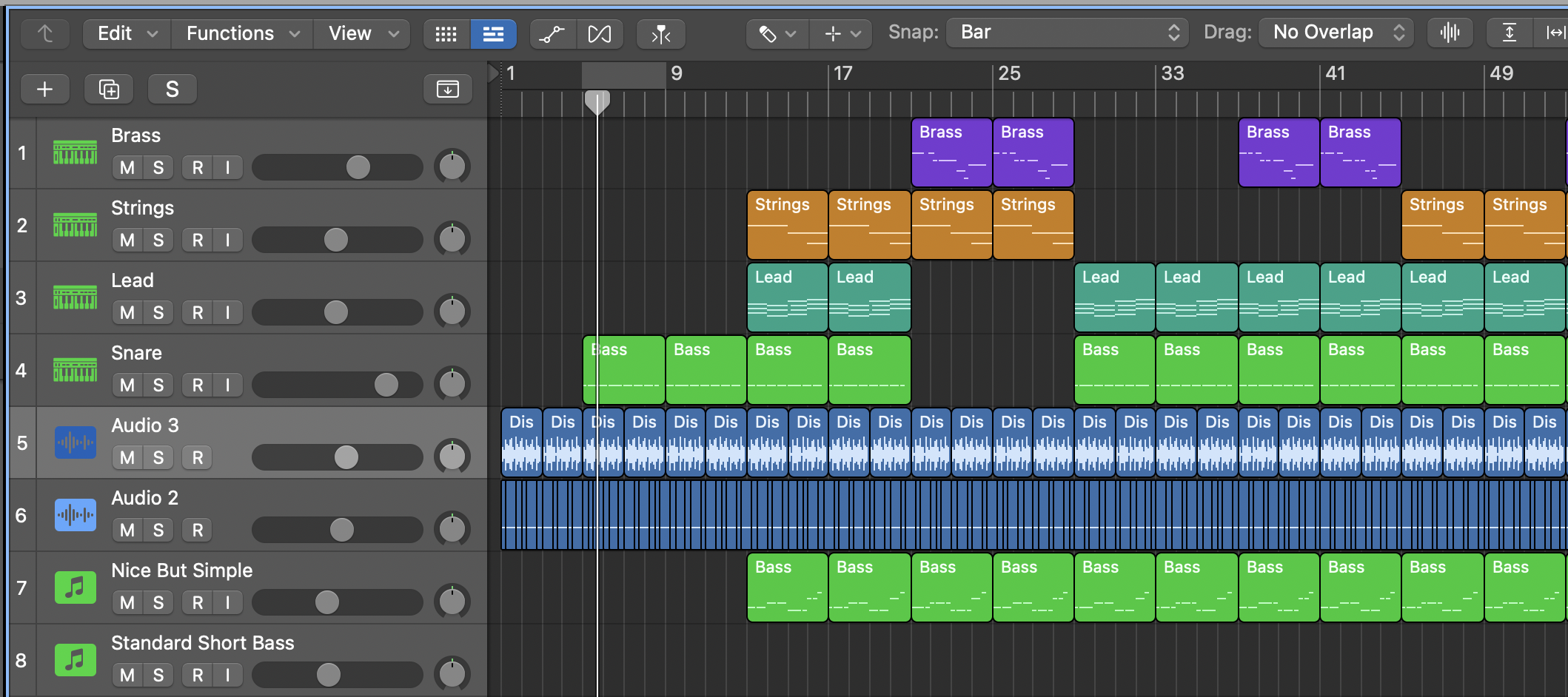
As good as this cut-and-paste method for loop-based arrangements is, it can still sound a little dry, but again there are many other ways to liven up your loop-based song.
The obvious way is to have different melodic loops for the same instrument - a different guitar or piano melody playing throughout the song.
Do the same with beats and bass and you can change the entire rhythmic backbone of your song's arrangement to keep your listener's attention.
DAWs like Ableton Live make this approach super easy. It has a grid-based area called Session View which is used for capturing different loops in different instrument track columns.
You might have four different variations of a drum loop lined up in track one, eight bass variations in 2, 12 guitars in three and so on.
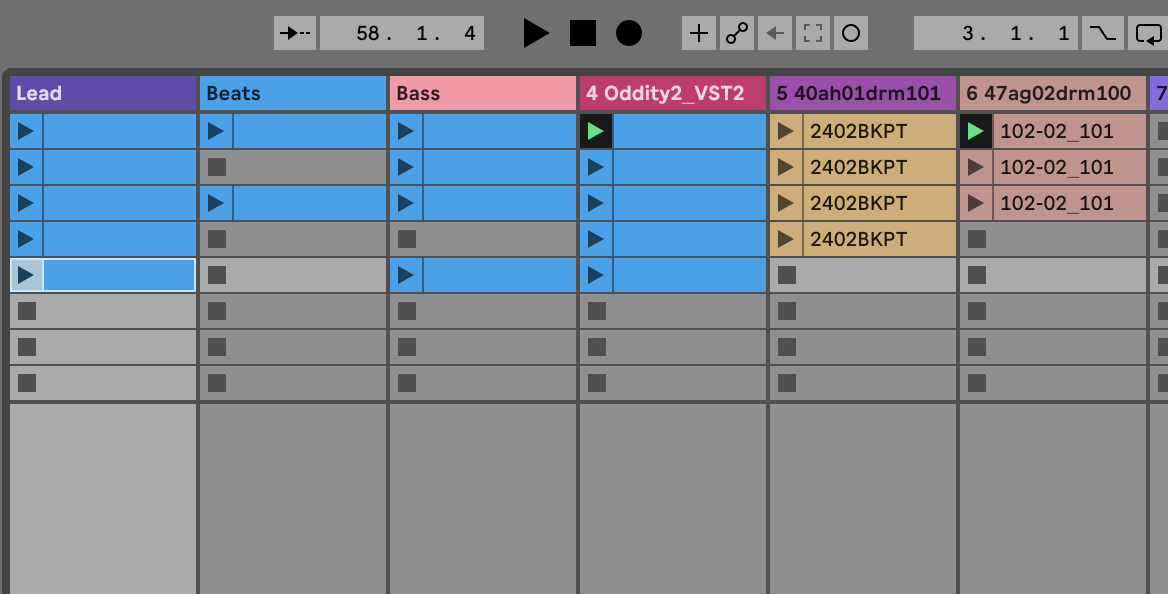
The software even has ways of playing these 'clips' in different orders and variations so you can quickly try out ideas.
The best part is you can record yourself trying out these variations live - hence the name of the DAW - and you then create an arrangement more in keeping with those found in a traditional DAW. Then you can go in, swap clips and more!
Hardware MIDI controllers are great devices to let you record these live loop performances.
There are many other ways to add variations across loops as they play in your arrangement, the main one being automation. This is a great feature to let you, say, increase volume gradually as a looped track plays.
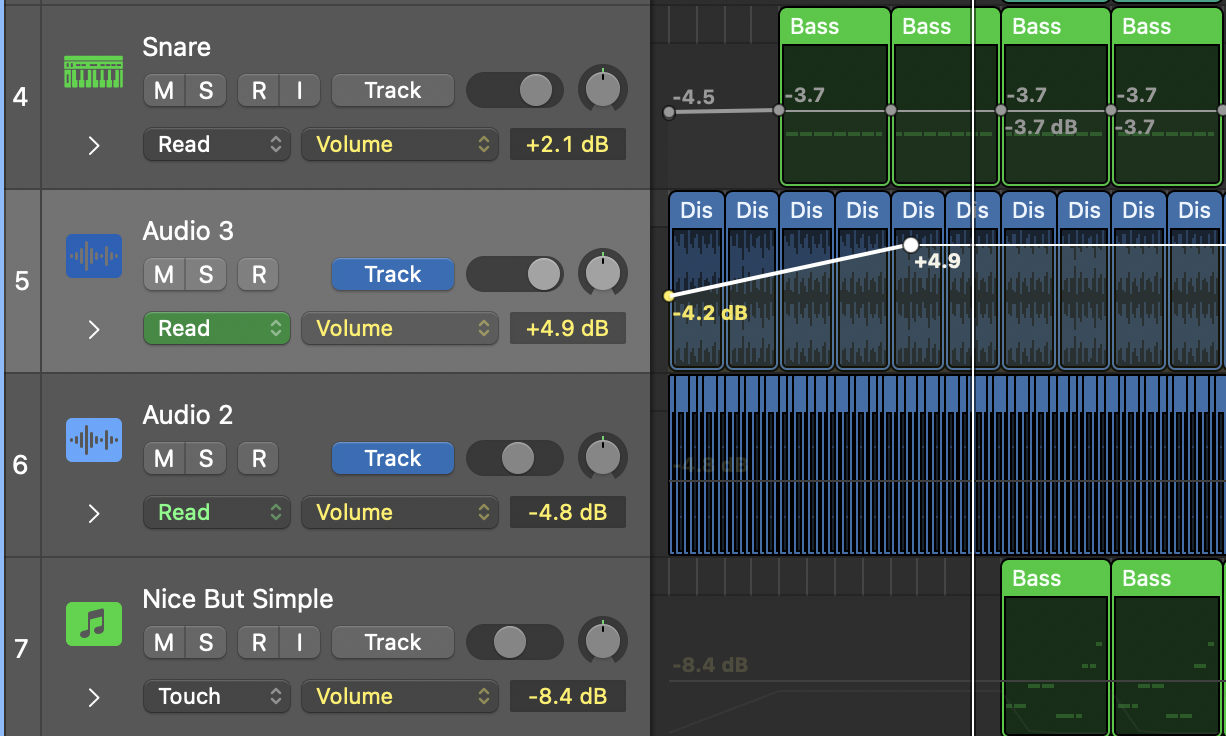
Or you can open the filter of a synth by automating it and it will play back every time. You can even automate effects to add variation to your arrangement. Really there's no end to how exciting a simple loop-based arrangement can sound with a light application of automation.
10 key looping starting points
10 key looping starting points
1. Learn from the experts… fast. You can get a great feel for a pro-looped song arrangement by loading one into your DAW as an audio track to literally see and hear (of course) how its loops are arranged. Match its tempo with your song and then you can start to visualise where you place your own loops.
2. Similarly don't be afraid to load in a DAW's own demo songs or tutorial examples. Often these were created by famous producers so you can learn a lot from these demos about pro arrangements (and mixes come to that). You can literally see their loops on screen and how they have added variations in the arrangement.
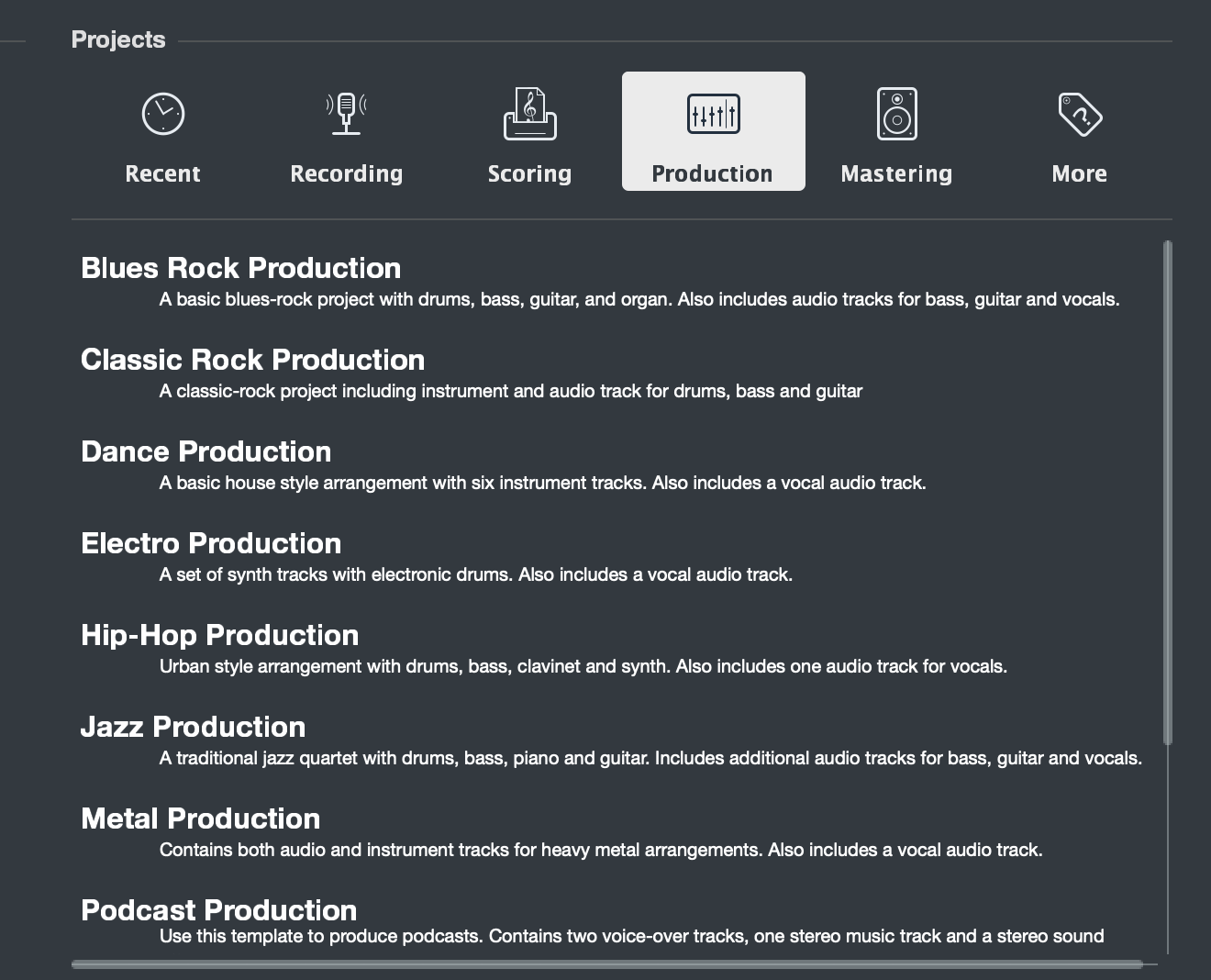
3. Don't always go with the obvious. Those looped dance music breakdowns and drops have been done a million times before, so tweak them a little - maybe those all too predictable timings - to make them just that little less predictable.
4. Same with instruments. While we're talking primarily about looped arrangements here, playing with atypical instrument sounds in an arrangement helps give it not only a less predictable feel but also a vibier one. Why not add massive synth lines to your country tune!?Did we already mention that the rules are meant to be broken?
Here are some of our favourite synths, drums and software guitar plugins to consider for your loop creations.
5. Back to looped arrangements, and don't take too long to introduce a song… unless it's just for your own enjoyment. Streaming and instant music services have made it easy to move on to another track if listeners get bored with a song that doesn't start to make its point in good time. Unfortunately, with the internet making most listener's attention spans shorter than that or our Golden Retriever's, you need to make your point fast.
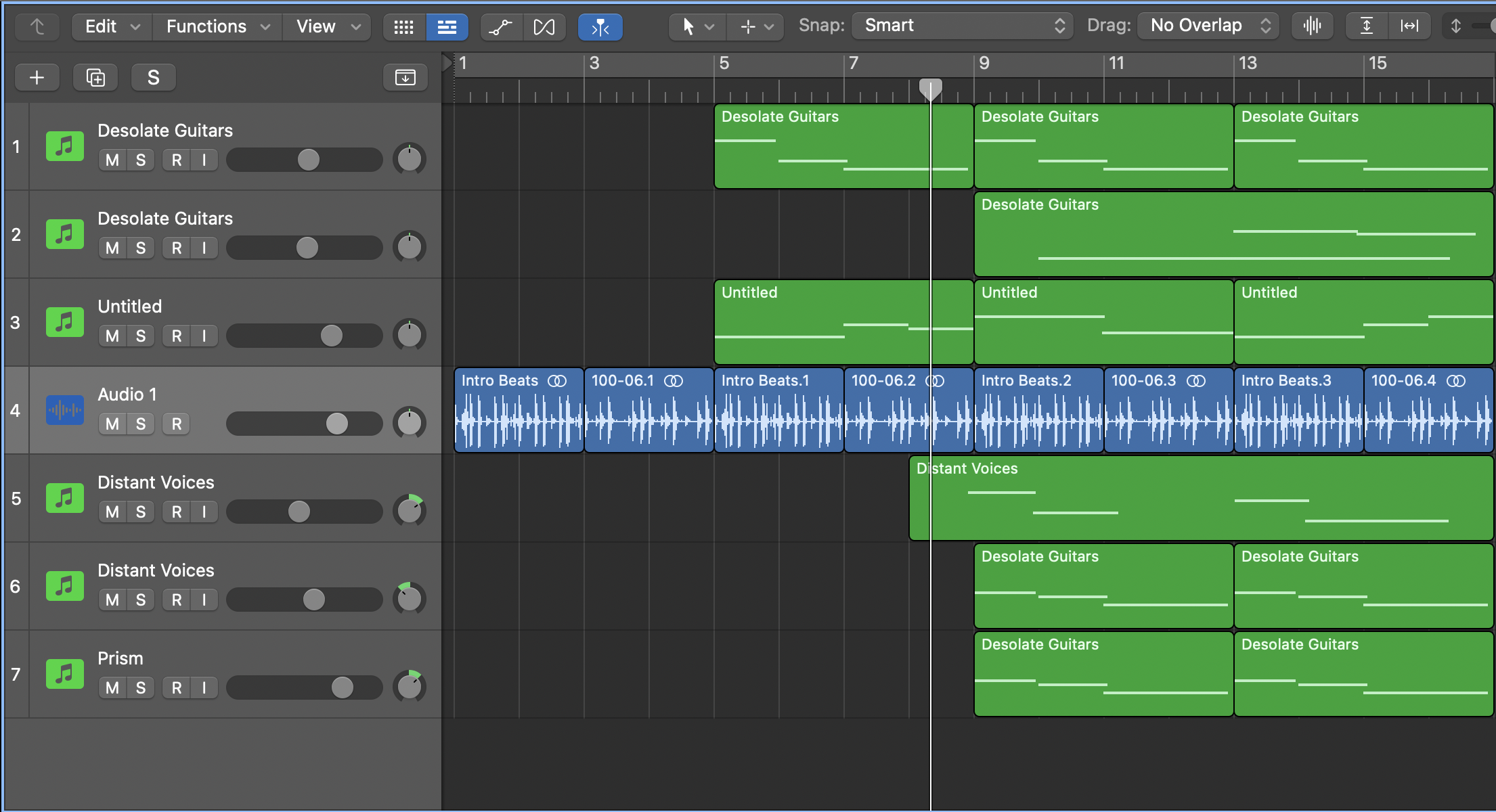
6. Same with stopping. Slowing a song down for the outro by maybe subtracting tracks is a great and well used way to end a song. But so is bringing it all back in to deliver another hands in the air chorus. Just don't do it too much - remember those attention spans we just mentioned. No, neither do we. Too busy thinking about our Retriever tbh.
7. Dance music and other genre arrangements often rely on introducing tracks, vocals or percussive loops around every 4, 8, or 16 bars to keep the excitement going ready for the drop. It's a good ploy proven by the fact that it is so well used. But again, you can play with this and break the rules.
8. One rule that cannot be broken, and this one applies to dance music again, is to open your track with a clean looped beat so DJs can mix it. Easy to remember and do, just give them enough loops to make the fade.
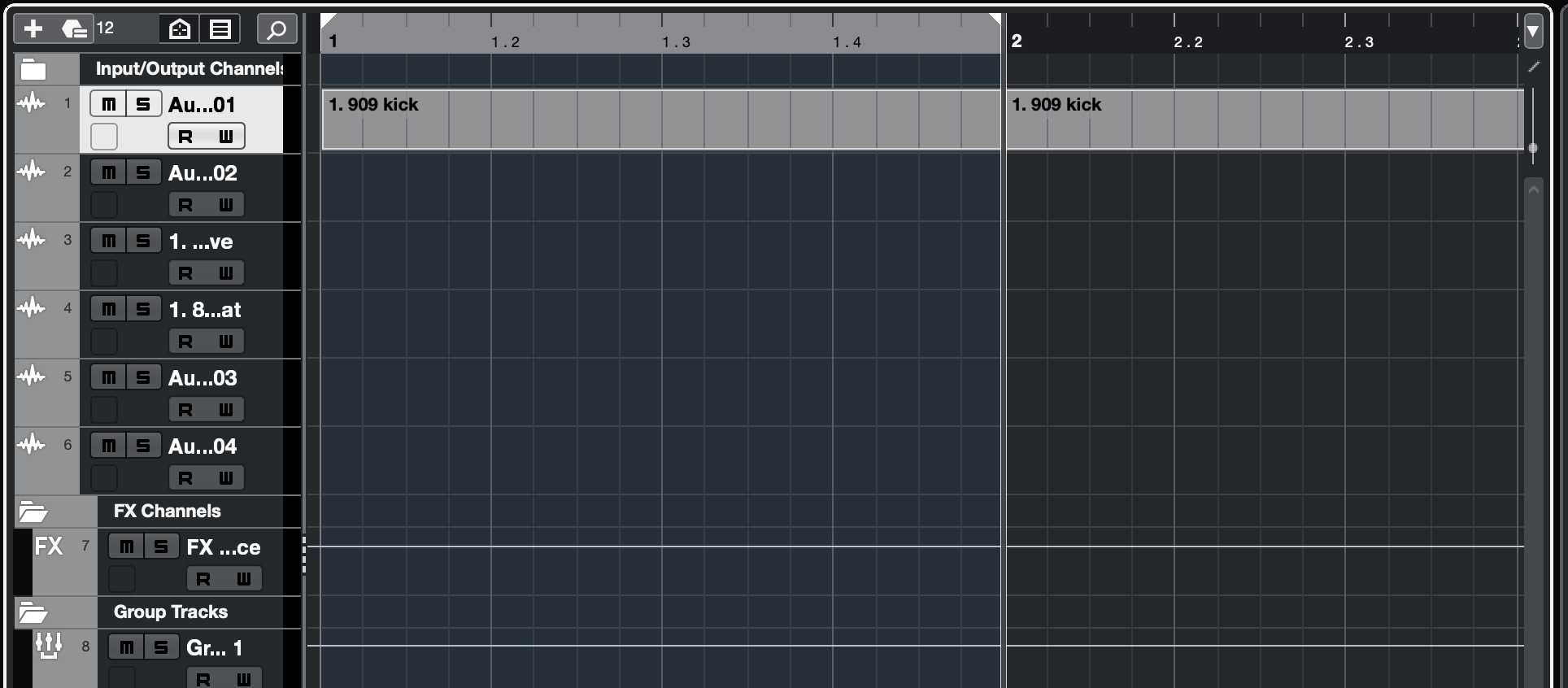
9. Don't underestimate how much fun it can be to trigger different loops live as the DAW Ableton Live taught us. It's a feature now available in other DAWs like Logic and best used with an external MIDI controller - just to make you look cooler as you do it, really.

10. And finally, remember that using loops is an easy way to arrange a song in a DAW but can be a very uninteresting way to hear it, so use our advice above to keeps using loops as the basis of your song but to introduce variation to create the perfect looped arrangement.
Further Reading
MusicRadar further reading
Your first port of call should be SampleRadar – our massive repository of over 95,153 samples, loops, sounds and presets which you can use in your tracks royalty-free.
Next up, here's our previous 'Start Here' guide focussed around getting your track started. It's a useful guide to getting your DAW prepared and getting the semblance of a song into shape.
Back to the theme of this feature, and here's a practical guide to making a dance music track with loops as a starting point.
If you're less dancey and more in the vein of the singer/songwriter or pop-angled music-maker, then here's an alternative guide to looping like one of the most celebrated loopers in history - Ed Sheeran
To really get technical with your loops and to affect their sound, you're going to need to know the ins and outs of your DAW of choice. We've got you covered here
Alex Rome thinks he’s got a winning trick for electronic music producers who struggle to turn their ideas into complete songs. And, it's all about loops. Read more about it here
Here's a tasty guide to making Fred Again… and DJ Seinfeld -style modern melodic house tracks using just our bespoke samples and loops, which you can download within the feature.
Building a track out of loops is certainly possible, but the general rules and practices of arrangement-building remain vital for the success of any track. Here's our arrangement overview.
If you just want to salient arranging facts broken down into bitesize nuggets - with additional tips and tricks thrown in for good measure - then we've got 22 of them here.
Recently we published a long read examining the wider industry and ethical aspects of relying on commercially available samples and loops to make a track. Our conclusion? Read all about it here.
Andy has been writing about music production and technology for 30 years having started out on Music Technology magazine back in 1992. He has edited the magazines Future Music, Keyboard Review, MusicTech and Computer Music, which he helped launch back in 1998. He owns way too many synthesizers.
- Andy PriceMusic-Making Editor





